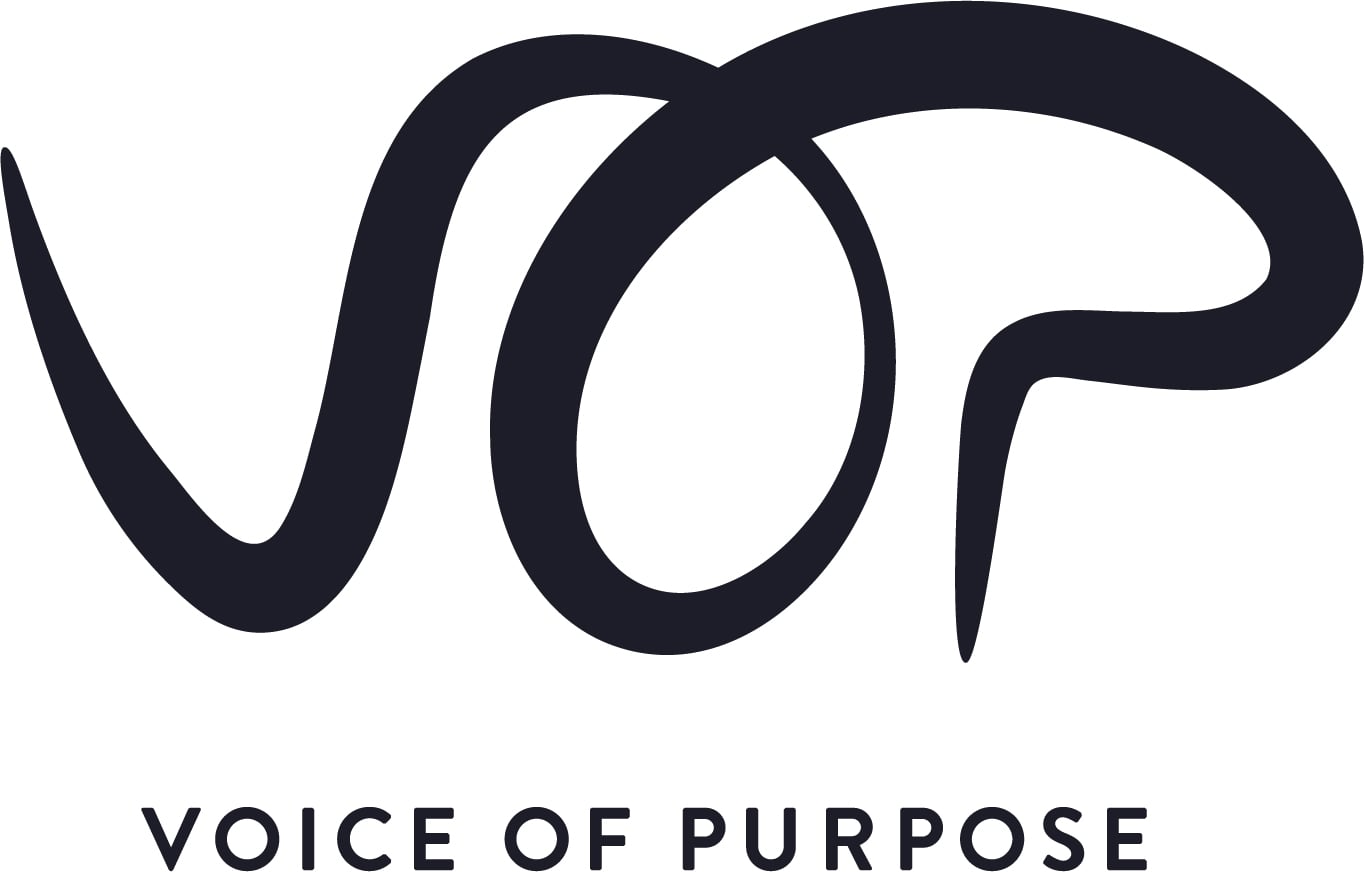Within the context of learning, navigating the digital world is a duo-level challenge. It represents the nuance of being both vitally and transcendently important, while also being an inaccessible barrier to some. Accessibility, and the re-definition of such, became a key topic when discussing the characteristics of a digital learning environment. For example, there are folks who are now able to access opportunities, education and support while online, that they otherwise would not have access to, or even know about.
This means that there are whole communities of people that have been able to learn new skills, participate in joy, have deeply impactful conversations and opportunities for employment and connection, all thanks to the internet and the trans-continental reach it has.
For folks who are living with disabilities, engaging online provided an opportunity to interact in a way that was genuinely accessible to them, and provided an enriching experience where they did not have to be the sole advocate for their needs (i.e: lack of physical access barriers, captions while online, ability to participate at their own level).
“Because all the programs that we funded were delivered virtually during the pandemic, it has allowed our neighbors who are homebound, to be able to have access to cultural experiences that they have not previously had.” – Arts Funder
The benefits are one aspect of the digital learning experience; however, the inaccessibility is also an equally important thing to note. Learning online can undeniably increase one’s access… if they are able to get online in the first place. The inverse experience, for those that do not have internet access/ stable, reliable or secure internet access, is one of isolation and lack of visibility. For people who live in rural areas, or areas outside of the city, there are severe limitations due to signal and connectivity issues.
From another accessibility perspective, the lived realities of increased computer screen time, as well as the hypervisibility of being surveilled constantly, by having cameras on all day does not create a helpful or healthy learning landscape for everyone. For arts educators, having to pivot to e-learning while teaching tactical or personal skills posed its own challenge of not being able to share physical space in a co-learning environment.
“No one really thought about going into the pandemic just how exhausting it can be being online all day” – Arts Learner
Digital learning is a double-edged sword for many reasons, but one of the most polarizing factors is its ability to both unite and simultaneously isolate people. Communities around the world rely on digital platforms to connect them to the programs and communities that they need, while some struggle while considered as an afterthought due to their lack of online presence. The question then becomes, how can we be vigilant in our communication with each other, within and outside of the internet? What bridges can be used to cross the digital divide?
